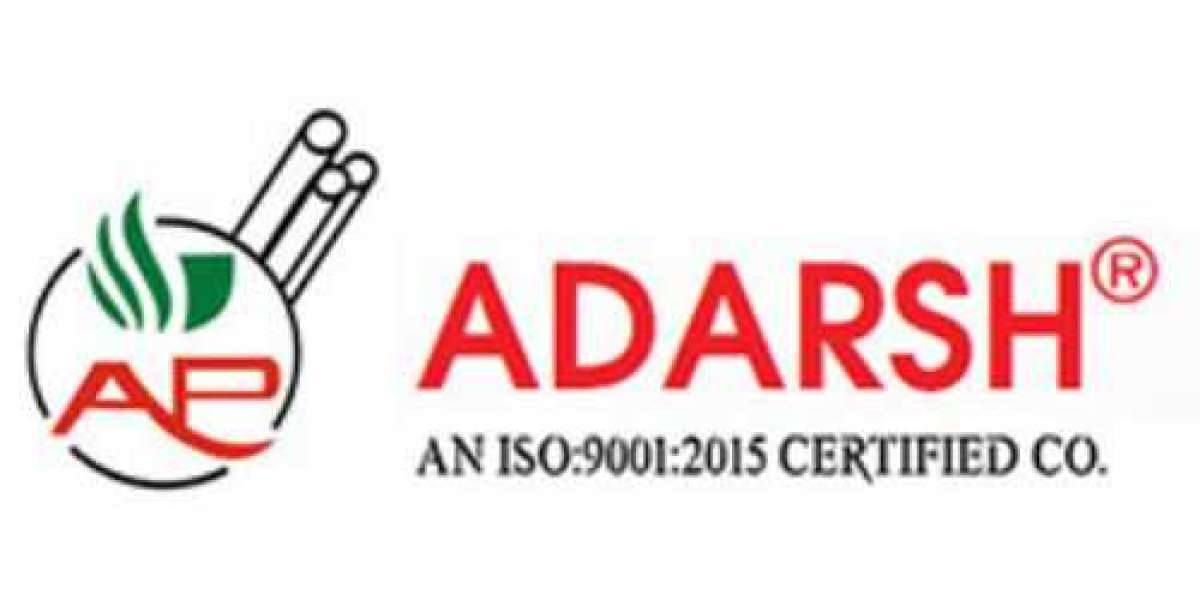Experiencing sore muscles can be a real discomfort, whether it's from a rigorous workout, a long day of physical labor, or even poor posture. Fortunately, finding relief doesn’t have to be complex or time-consuming. Here are some straightforward and effective solutions to soothe achy muscles and help you recover more quickly.
1. Gentle Stretching
One of the easiest ways to alleviate muscle soreness is through gentle stretching. Stretching helps increase blood flow to the muscles, which can reduce stiffness and promote healing. Aim for stretches that target the sore muscles, holding each stretch for about 20-30 seconds. For instance, if your legs are sore, try a hamstring stretch or a calf stretch. Always stretch slowly and avoid bouncing to prevent further injury. Soothe muscles
2. Warm Baths with Epsom Salt
A warm bath can be incredibly soothing for sore muscles, especially when combined with Epsom salts. Epsom salt contains magnesium, which can help relax muscles and reduce inflammation. Simply add a cup or two of Epsom salt to your bathwater and soak for 12-15 minutes. The warm water itself also helps to improve circulation and ease muscle tension.
3. Hydration and Nutrition
Staying hydrated is crucial for muscle recovery. Dehydration can exacerbate muscle soreness and cramping. Make sure you drink plenty of water throughout the day. Additionally, a balanced diet rich in antioxidants, protein, and essential nutrients can support muscle repair. Foods like bananas (high in potassium), berries (rich in antioxidants), and lean meats or plant-based proteins are excellent choices.
4. Foam Rolling
Foam rolling, or self-myofascial release, involves using a foam roller to apply pressure to specific muscle areas. This technique helps release muscle knots and improve blood flow. To foam roll, gently move your body over the roller, focusing on sore or tight areas. Apply moderate pressure and roll slowly for the best results. Start with areas that are less sensitive and gradually work up to more tender spots.
5. Cold Therapy
Cold therapy, or cryotherapy, can help reduce inflammation and numb the sore area. Apply an ice pack or a bag of frozen vegetables wrapped in a cloth to the affected muscle for 15-20 minutes. Cold therapy is particularly useful within the first 48 hours of experiencing muscle soreness. Be sure to not apply ice directly to the skin to avoid frostbite.
6. Over-the-Counter Pain Relief
For more persistent soreness, over-the-counter (OTC) pain relief medications like ibuprofen or acetaminophen can be helpful. These medications work by reducing inflammation and relieving pain. Always follow the dosage instructions on the label and consult with a healthcare provider if you have any concerns or pre-existing conditions.
7. Proper Rest and Sleep
Muscles need adequate rest to recover and heal. Ensure you get enough quality sleep each night, as sleep is a critical component of the muscle repair process. Aim for 7-9 hours of sleep and consider incorporating relaxation techniques, such as deep breathing or meditation, to enhance rest.
8. Heat Therapy
In contrast to cold therapy, heat therapy can be beneficial for relaxing tight muscles and improving blood flow. Use a heating pad or warm towel on the sore muscles for 15-20 minutes. Heat therapy is especially useful for chronic muscle tension and stiffness rather than acute injuries.
9. Massage
A gentle massage can help reduce muscle soreness by improving circulation and relieving muscle tension. You can visit a professional massage therapist or use a handheld massager at home. Focus on areas where you feel tightness or discomfort, and use slow, deliberate strokes to help relax the muscles.
10. Mindful Movement
Incorporating mindful movement techniques, such as yoga or Tai Chi, can also be beneficial for muscle relief. These practices emphasize gentle, controlled movements and stretching, which can help improve flexibility, reduce tension, and enhance overall muscle recovery.
Conclusion
Finding relief from sore muscles doesn’t have to be complicated. By incorporating these simple solutions into your routine, you can ease discomfort, accelerate recovery, and get back to feeling your best. Remember to listen to your body and choose the methods that work best for you. With a little attention and care, muscle soreness can become a manageable part of your active lifestyle.








